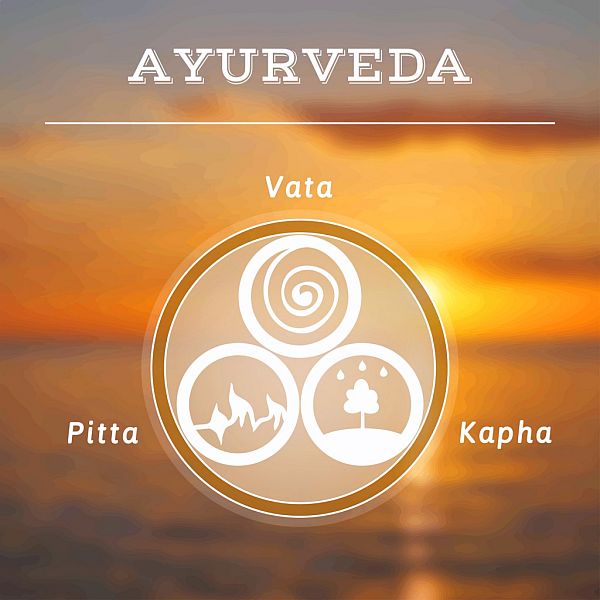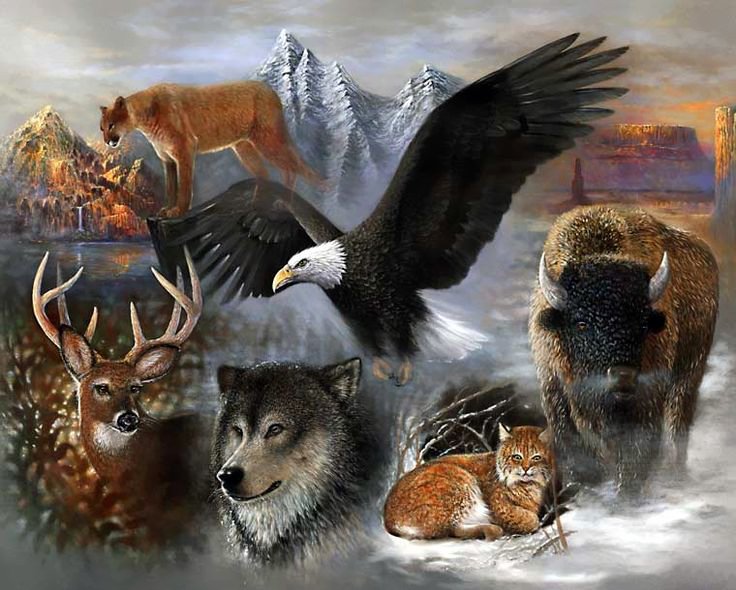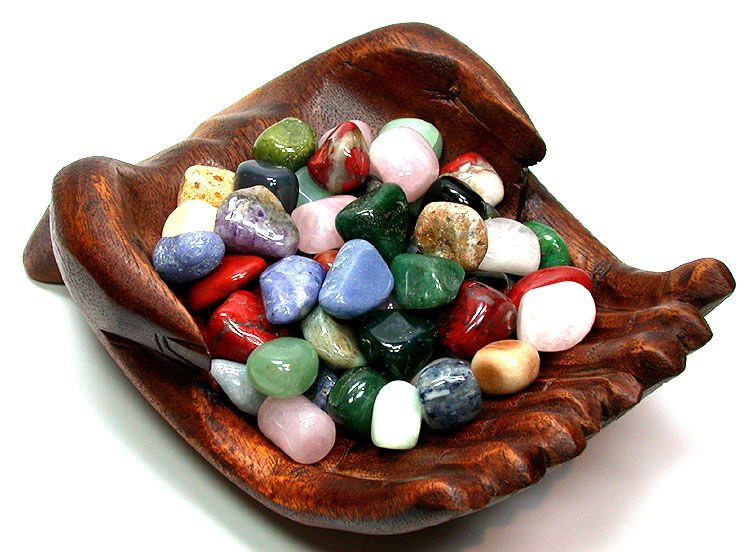Alternative Medical Systems
Alternative Medical Systems are built upon complete systems of theory and practice. Often, these systems have evolved apart from and earlier than the Western medical and scientific traditions. Examples of alternative medical systems include:
Ayurveda, Homeopathy, Native American Healing, Naturopathic Medicine, Tibetan Medicine, Traditional Chinese Medicine
-
Ayurveda

Ayurveda is a complete medical system that has been practiced in India for at least 5,000 years. It is a holistic approach to health that is designed to help people live long, healthy, and well-balanced lives. Both prevention (maintenance of good health) and healing are carried out by entirely natural means. According to Ayurveda, health is a perfect state of balance among the body's three fundamental energies, or doshas (vata, pitta, kapha). The term Ayurveda is taken from the Sanskrit words ayus, meaning life or lifespan, and veda, meaning knowledge.
As a science of self-healing, Ayurveda encompasses diet and nutrition, lifestyle, exercise, rest and relaxation, meditation, breathing exercises, and medicinal herbs, along with cleansing and rejuvenation programs for healing body, mind and spirit. Adjunct therapies such as sound, colour, and aromatherapy may also be employed.
-
Homeopathy

Homeopathy is an alternative medical system developed by Samuel Hahnemann in 1796, grounded in the core idea that a substance capable of causing symptoms in a healthy individual can be used to treat similar symptoms in someone who is unwell. During a patient consultation, homeopaths assess both the physical and psychological conditions of the individual—key factors in determining the appropriate remedy. Hahnemann proposed that through a process of serial dilution, accompanied by vigorous shaking at each step, the harmful effects of the substance are eliminated, leaving behind its beneficial essence preserved in the diluent, such as water, sugar, or alcohol.
Step into the realm of homeopathy—a gentle, holistic healing practice that has been promoting well-being for over 200 years. Built on the concept of 'like cures like,' it harnesses highly diluted natural substances to awaken the body’s innate ability to heal itself. Whether you’re just discovering this intriguing approach or are already a dedicated follower, browse our array of articles below to uncover more about its origins, remedies, and practical uses. Join us on this path toward harmony and vitality.
-
Naturopathy
Naturopathy, or naturopathic medicine, is a system of medicine based on the healing power of nature. Naturopathy is a holistic system, meaning that naturopathic doctors (N.D.s) strive to find the cause of disease by understanding the patient as a totality of body, mind, and spirit. Most N.D.s use a wide variety of therapies and techniques.
In North America, the principles of naturopathy were introduced by Dr. Benedict Lust. He used the term "naturopathy" to describe a clinical practice which integrated natural healing methods such as acupuncture, botanical medicine, homeopathy, manipulative therapy, nutritional therapy, and lifestyle counselling.
-
Traditional Chinese Medicine

Traditional Chinese Medicine (TCM) is a complete medical system that has been used to diagnose, treat, and prevent illnesses for more than 2,000 years. TCM is based on a belief in yin and yang —defined as opposing energies, such as earth and heaven, winter and summer, and happiness and sadness. When yin and yang are in balance, you feel relaxed and energized. Out of balance, however, yin and yang negatively affect your health.
All kinds of ailments can be treated by traditional Chinese medicine; some diseases may be more effectively treated by acupuncture, others are more effectively treated by herbs, and still others may be treated by food cures. In general, pain and muscular symptoms are treated by acupuncture, and skin diseases are treated by herbs. TCM includes various forms of dietary therapy, herbal medicine, acupuncture, massage (Tui na), and exercise (quigong). In all cases, it is necessary for a doctor of traditional Chinese medicine to make a diagnosis before deciding on an appropriate treatment. TCM diagnosis begins by tracing symptoms to patterns of an underlying disharmony by measuring the pulse, inspecting the tongue, skin and eyes, and learning about the patient's eating and sleeping habits.
Imagine a world of inspiration and healing, free for all—made possible by YOU!
Donate Now—Ignite the Magic at CrystalWind.ca!

Epilepsy - Finding A Cure
Your donation can make a difference!
Help us find a cure – donate now!
Unlock Your Light: Join Lightworkers Worldwide on CrystalWind.ca!
Follow Us!
ॐ Namasté - Blessings!
send out comes back."
© 2008-2024 crystalwind.ca. All rights reserved.
Featured This Month
Virgo Mythology
The Virgo Myth In all of constellation mythology, few legends are as misund... Read more
Mabon Magic: Ideas For Fall Decoration And R…
Welcome (almost!) to Fall! We’re turning the Great Wheel once again, toward ... Read more
Sun in Virgo
An Overview of Sun Sign Characteristics for Virgo Virgo is guided by Mercur... Read more
The Vine: September 2nd - September 29th
The Autumnal Equinox ( Alban Elfed ) Celtic Symbol : The White Swan Read more
Watermelon Tourmaline
Synonym: Rainbow Tourmaline The watermelon tourmaline is a rare variety t... Read more
Sweet Violet
Sweet Violet Faithfulness and modesty. “I will always be true to you.” Helps... Read more
Crystals for Virgo
As the warmth of summer begins to soften into the crispness of autumn, the Sun... Read more
Mabon in Modern Times: Fresh Takes on the Au…
The Mabon season begins somewhere around the 21st-22nd of September and cont... Read more
Peridot: The Healer's Stone
Peridot has been used as a Power Stone for centuries. Peridot fosters emotio... Read more
























